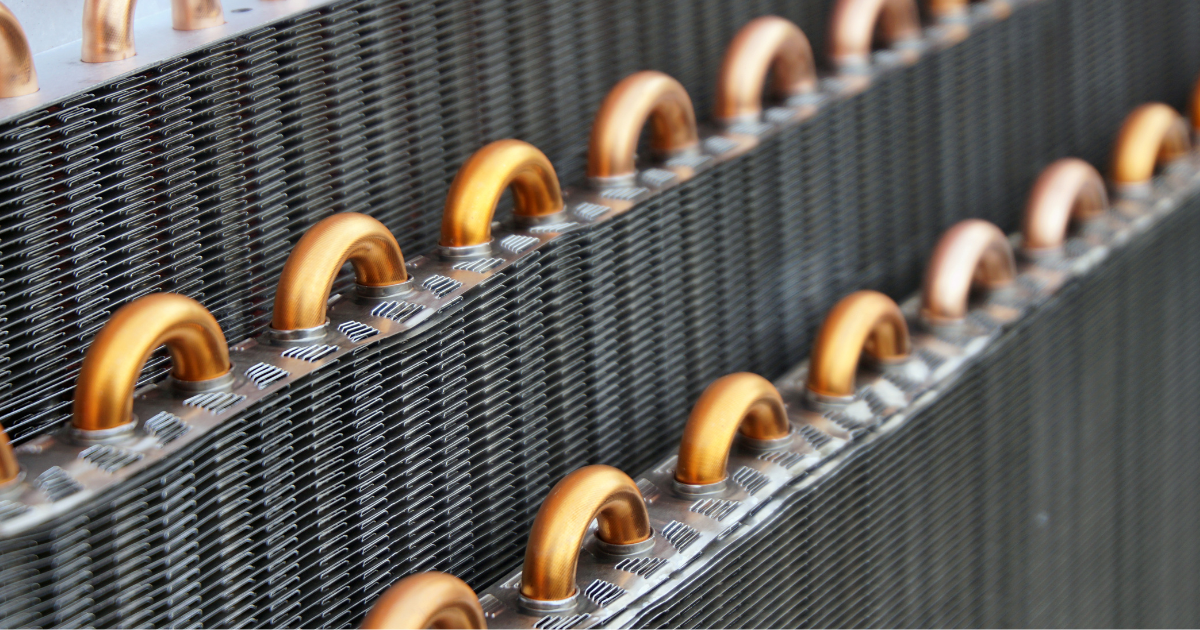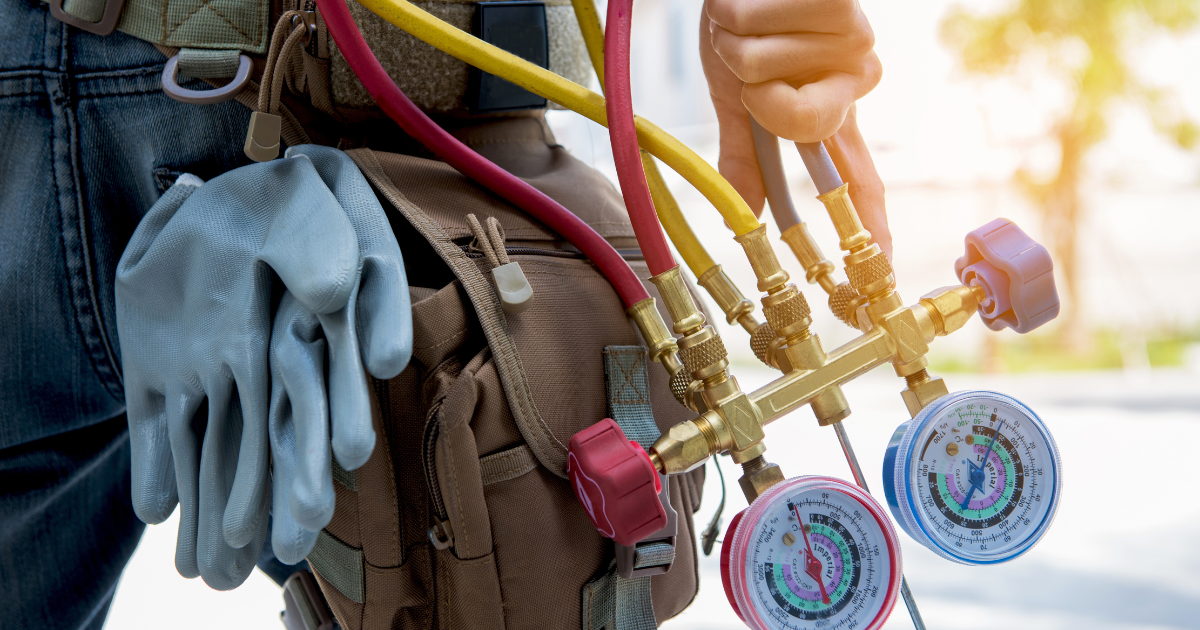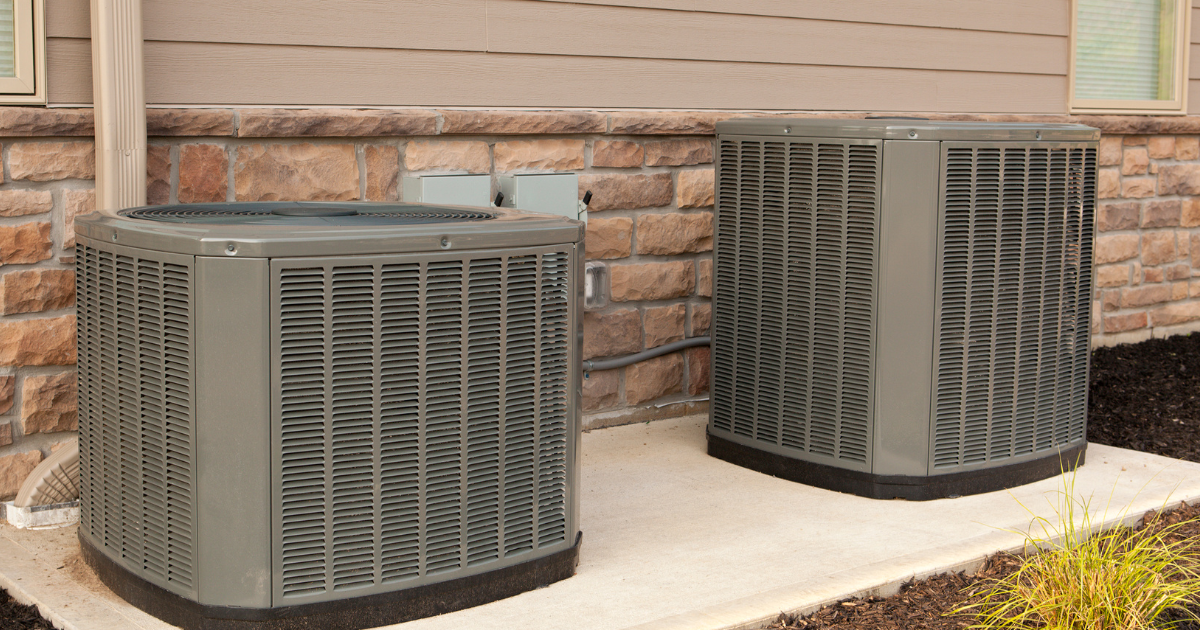Furnaces: Single-Stage vs. Two-Stage
Our HVAC Burlington, NC professionals are ready to serve your HVAC needs during this trying time. Assisting both residential and commercial clients, we provide heating, air conditioning repairs, installation, and maintenance, and more for your home or office. If you want HVAC Burlington, NC service that is quick, competitively priced, and easy to request – contact Barber Heating & Air now. We have the products and services you need in Burlington, NC and surrounding areas.
Winter shouldn’t mean donning extra layers of clothing and shivering under mountains of blankets. If your home is due for a furnace replacement or upgrade, you may be wondering if a single-stage or two-stage furnace is right for you. Spoiler alert: the right answer isn’t always a two-stage furnace. Sure, a two-stage furnace has more options, but they also have disadvantages, which could sway you toward a single-stage furnace. Read more below to compare your options.
Furnaces, Explained
A furnace heats your home through the circulation of hot air. It is used in both residential and commercial properties and has been the oldest type of heating system that is still used today. Furnaces use natural gas, propane, and electricity to produce heat. While there are three types of furnaces, the two most popular are single-stage and two-stage.
Whether you are replacing your old furnace or installing in a new home, it’s important to understand the differences and find which is right for you.
Comparing Single-Stage Furnaces and Two-Stage Furnaces
Pros of a Single-Stage Furnace
A single-stage furnace only has two settings: on and off. This means it either runs heat at 100% or not at all. You won’t have the flexibility to adjust the settings as outdoor temperatures change, but it is budget-friendly and the most common furnace type. Older homes will most likely have a single-stage furnace.
- Low initial cost: Single-stage furnaces are the least expensive. They cost about $2,000 to $3,500, including installation
- Least expensive to repair: Plus, the parts are easy to get
- Easy short-term solution: Convenient if you don’t plan to stay in your space long-term because it won’t affect your energy consumption as significantly
Cons of a Single-Stage Furnace
- Inconsistent temperatures: Blows a large amount of hot air quickly and then shuts off. Single-speed functions do not distribute properly, which leads to fluctuating temperatures between rooms.
- Less energy-efficient: Wastes energy because it burns more fuel to heat
Pros of a Two-Stage Furnace
A two-stage gas furnace has three operating modes: off, low fire, and high fire. Low fire is the main setting but high fire will engage when it is extremely cold. You can also adjust two-stage furnaces to an in-between setting. They are more expensive initially, but the ability to operate at a lower capacity allows you to save more money in the long run.
- Stable temperatures: Provides consistent and even heat distribution in the lowest setting, which helps balance interior temperatures in super cold climates
- Less noise: With high and low settings, a two-stage furnace is extremely quiet
- Saves energy: Runs mostly at 60% to 65% capacity, burning less fuel (and money) than a single stage furnace
- Better air quality: Helps boost air quality by flowing through the air filter, removing pet hair, pollen, mold, and contaminants from your environment
- Increased durability: Lasts 15 to 20 years without regular maintenance
- Greater ROI and resale value: Buyers appreciate long-lasting, energy-efficient features in homes
Cons of a Two-Stage Furnace
- High upfront price: Costs hundreds of dollars more than single-stage models. If you don’t plan to stay in your home long term, it may not be worth investing in one.
- Potentially complicated maintenance: Tends to fail more because they run for longer periods of time. Parts can be difficult to find and replace, making repairs more expensive and time consuming.
Single-Stage vs Two-Stage Furnaces
The main difference between a single-stage and two-stage furnace is the flexibility. One is adjustable while the other provides only one option. When figuring out which furnace is right for you, you must consider your climate, budget, the size of your home, and your personal preference.
A single-stage furnace is ideal for you if:
- You plan to stay short-term
- You are on a budget
- You have mild winters
- You plan to replace an older single-stage furnace
- You have a one-level home or an older home
A two-stage furnace is ideal for you if:
- You live in a multi-level home
- You want to save money on energy bills long term
- You have a more flexible budget
- You want to upgrade your current furnace system
- Your experience harsher climates
Many factors can affect your decision so it’s always best to consult an HVAC specialist in your area. They will provide a personalized recommendation to make sure you are most comfortable in your home.
Request Service
"*" indicates required fields


